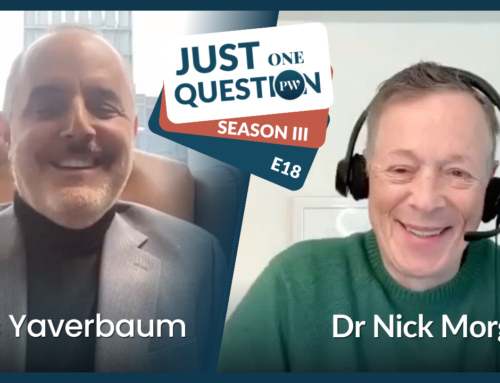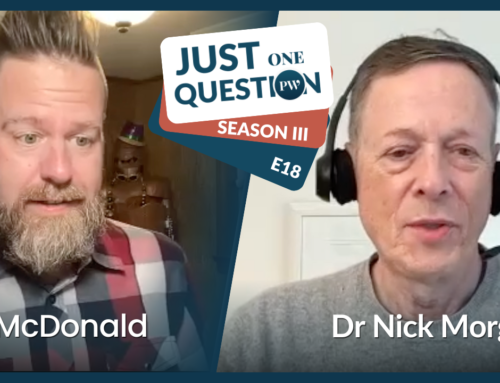Neuroscientists are now able to tell us startlingly specific things about how our brains work. Recent research details ways to use our brains to improve our lot in life, whether it’s thinking happy thoughts or getting rid of negative ones. It turns out that we don’t have to passively accept what our brains think about. We can sculpt our thinking, in effect, and have it produce better cognitive effects. This kind of mental tooling is particularly important for performers such as public speakers, where the fight-or-flight response can cause us to freeze up, forget a line, or show up with less confidence and energy than we need. Three recent examples caught my eye.
First of all, it turns out that positive daydreaming is something we can learn to do and indeed get better at with practice. Why would we want to? Well, if you remember the study that found that people would rather have an electric shock than simply sit on their own with their thoughts, we’re not very good at positive daydreaming. The activity improves our sense of well-being. And it can insulate us, to an extent, against the tendency just to think about what we lack and what we wish we had, two forms of daydreaming that mostly make us anxious, envious, and grumpy. Creating space in your brain for positive outcomes concerning speaking is a very good way of making it likely that you will have such positive outcomes in the future.
The secret to positive daydreaming is first to imagine a future accomplishment, something that makes you happy. It might be a graduation, a promotion, a move to a new town. Or a highly successful speech. Then, you need to practice the technique. The third tip is to avoid making specific plans, but rather just to enjoy the accomplishment, already complete, already won. Bask in the glory of – whatever it is. And finally, pick the right time. Don’t try positive daydreaming when you’re already in crisis mode, late turning in a project or assignment, or nervous about an upcoming talk. Try it when you are relaxed, taking a walk in nature, for example.
The amygdala is the part of the brain that processes emotion and memories. The stronger the emotion, the stronger the memory. It’s how we develop fear of public speaking, for example. We have a bad experience, the amygdala flags it as painful, and so the next time we try, we are already anticipating pain, making it more likely that the second attempt will go badly too. Or, even if it goes well, we’ll remember the one small thing that went wrong, and continue the cycle.
Working on establishing a good positive daydreaming practice can counteract this tendency to create mental ruts around the things that go wrong in our lives, or in our public speaking. The mental ruts then perpetuate the negative perceptions and tendencies.
Another recent bit of research shows that recalling negative memories leads to feeling worse about yourself and having less satisfaction in everyday life. So the act of letting go of negative results, setbacks, or experiences is important to accomplish. If not, you will increase the likelihood of longer-term damage to your psyche. Again, this ability to rebound is particularly important for performers such as public speakers. You need to be able both to create room for positive experiences, to increase their likelihood and frequency, and to recover quickly from the inevitable less-than-perfect occasions so that they don’t become habits.
Finally, a third study showed that recalling examples where you have been successful (“self-efficacy” in the jargon of the study) increases your resilience, giving you more mental muscle to get through difficult times.
Brain science now gives us a number of ways to fine-tune our mental performance; it’s up to us public speakers to make use of these emerging techniques in order to be the best we can be.









Isn’t it interesting how adept most people (including me) are at worst-case scenarios? I can go from “something not ideal happened” to “I’m going to end up homeless” in about a second!
Then I spent a week at the Biocybernaut Institute, where I learned about neurofeedback and spiritual science and the concept of BEST-case scenarios. They’re more like it. So simple, so much more fun, such a game-changer — and yet I still needed someone else to make the suggestion.
This post was like a booster shot of that week, Nick. Thanks!
Thanks, Maureen! Now I really want to go to the Biocybernaut Institute and become a cybernaut!
Hi Nick,
I absolutely love your posts on brain science and how it affects public speaking and those of us that do it for a living.
Cheers,
Mike
Thanks so much, Mike — I appreciate the feedback very much.